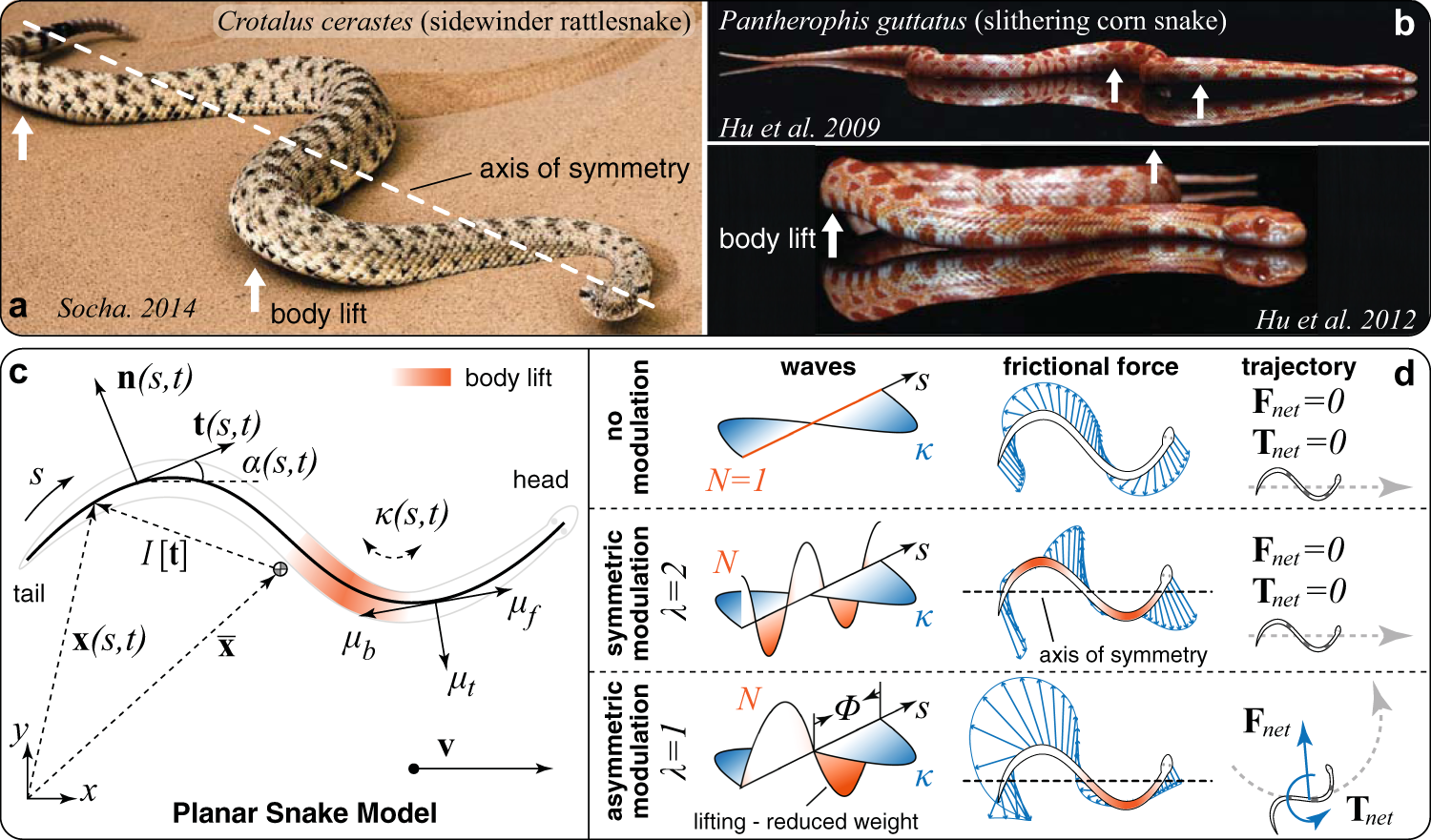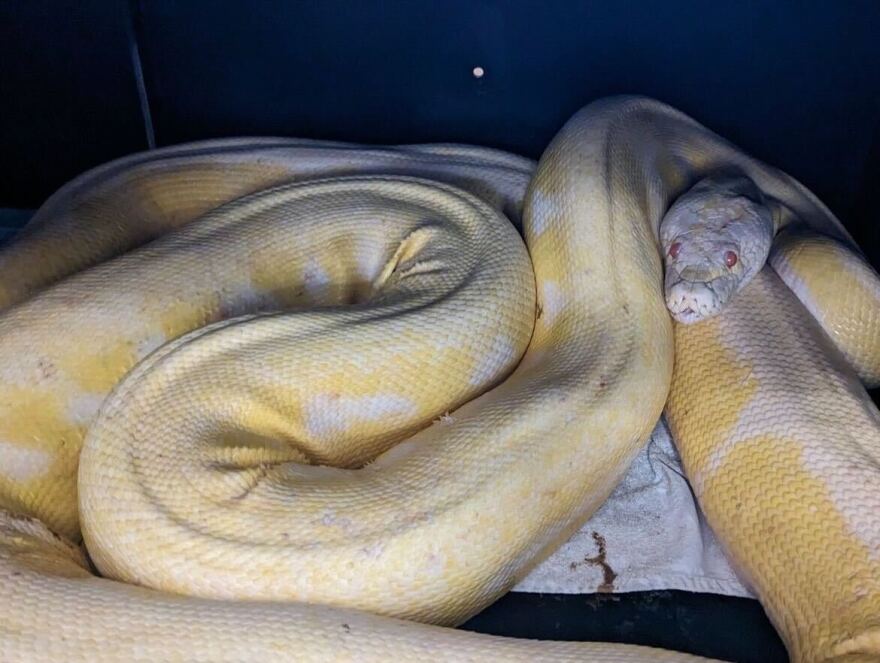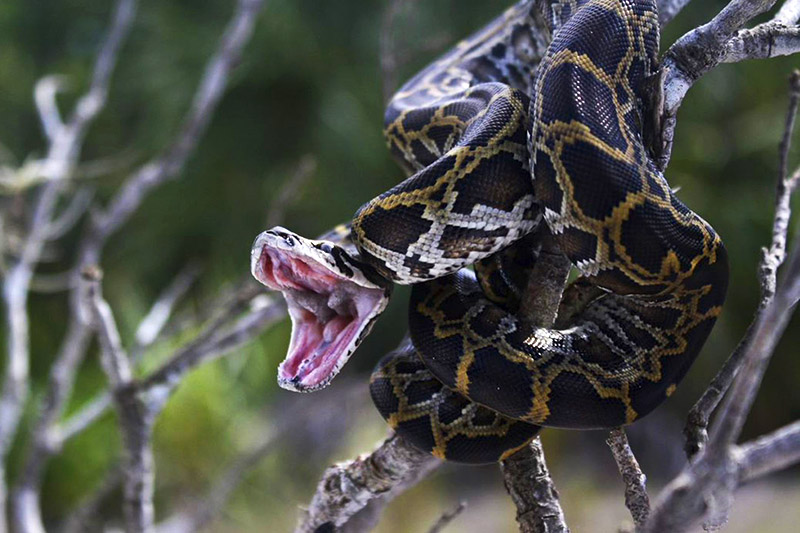How Fast Can a Python Move? Exploring the Speed and Locomotion of Pythons
Pythons, the non-venomous constrictor snakes known for their impressive size and strength, have captivated the curiosity of both researchers and enthusiasts alike. One intriguing question that often arises is: "How fast can a python move?" This article delves into the fascinating world of python locomotion, examining the factors that influence their speed and the various methods they employ to navigate their environment.
I. The Basics of Python Locomotion
Python movement is a captivating blend of grace and power. These serpents primarily rely on their muscles and unique skeletal structure to propel themselves forward. Unlike creatures with legs, pythons don't have a straightforward means of achieving speed. Instead, they employ a sinuous form of motion known as "rectilinear locomotion." This movement involves the python contracting its muscles on both sides of its body while keeping its belly scales anchored to the ground, creating a series of ripples that move down the length of its body.

The Basics of Python Locomotion
II. Factors Affecting Python Speed
Several factors influence the speed of a python's movement:
1. Size and Species: Larger pythons tend to be slower due to their increased mass and the energy required to move it. Different python species also exhibit variations in their natural speed capabilities.

Large python
2. Surface and Environment: The texture and incline of the surface impact a python's ability to move quickly. They can move faster on smoother surfaces and might struggle on uneven terrain.
3. Temperature: Being ectothermic, pythons rely on external heat sources to regulate their body temperature. Warmer temperatures generally increase their metabolic rate, potentially leading to slightly enhanced speed.
4. Health and Condition: A python's overall health, age, and physical condition play a role in how fast it can move. Healthy and young pythons might exhibit more agility compared to older or unwell individuals.
III. Speed Metrics: How Fast Can They Go?
Estimating the exact speed of a python is challenging due to their unique locomotion style. On average, a python's speed ranges from 1 to 2 miles per hour (1.6 to 3.2 kilometers per hour). This pace might not seem impressive, especially compared to creatures with legs, but it is effective for their hunting strategies and survival in their habitat.
IV. Hunting Techniques and Ambush Predation
Pythons are ambush predators, relying on stealth and surprise to catch their prey. Their relatively slow speed is compensated by their exceptional ability to remain hidden and strike with lightning speed when the moment is right. Once they've coiled around their prey, the constriction begins, suffocating the victim before consumption.

Hunting Techniques of Python
V. Swimming Abilities
Despite their terrestrial nature, many python species are capable swimmers. Their elongated bodies and powerful muscles enable them to move efficiently through water. While not as fast as some aquatic animals, pythons can navigate bodies of water to find new territories and sources of food.
VI. Comparisons with Other Snakes
When comparing pythons to other snake species, their speed might not stand out. Some faster snakes, like the black mamba, can reach speeds of up to 12 miles per hour (19 kilometers per hour). However, the hunting strategies and adaptations of each snake species differ, making speed just one aspect of their overall survival tactics.
VII. Conclusion
In the world of pythons, speed takes a back seat to their remarkable adaptability, strength, and ambush-based hunting techniques. Their rectilinear locomotion, while not the fastest method of movement, allows them to thrive in their natural habitats. The question "How fast can a python move?" reminds us that speed is just one factor in the complex interplay of traits that contribute to the success of these awe-inspiring creatures.